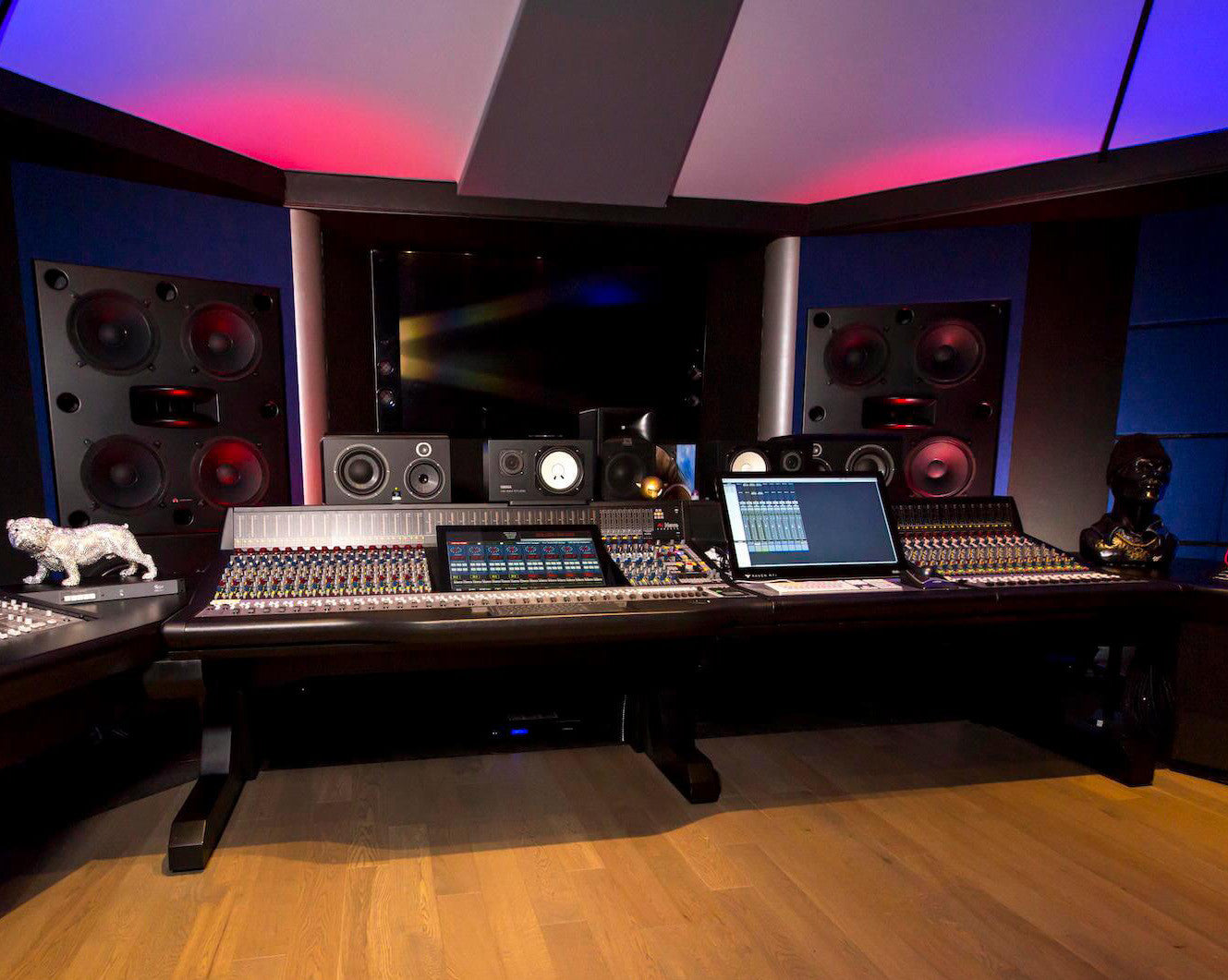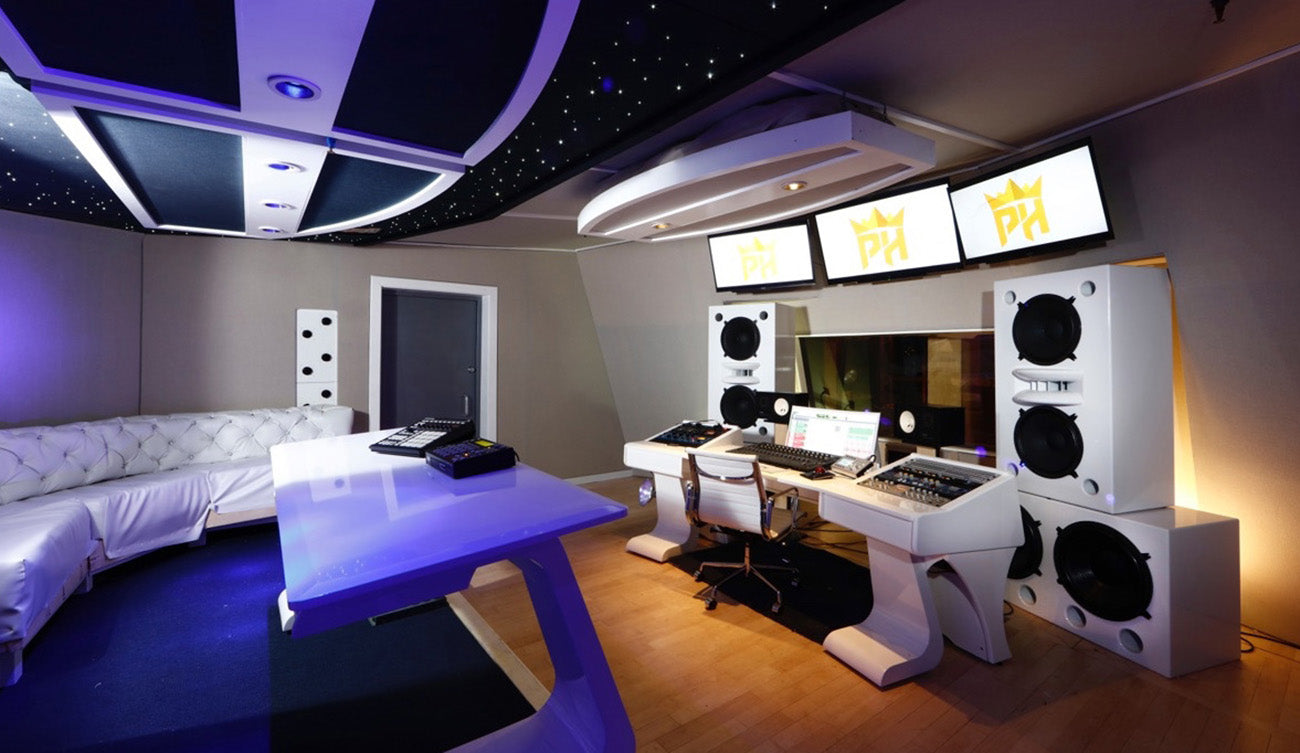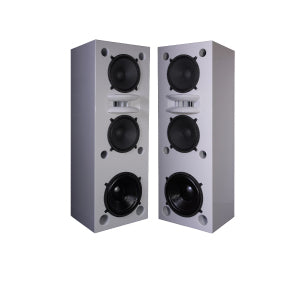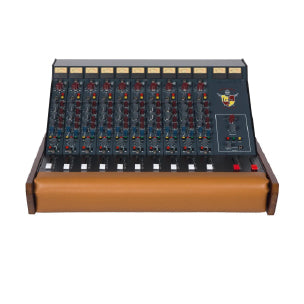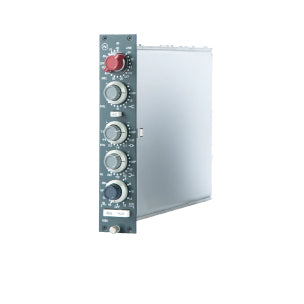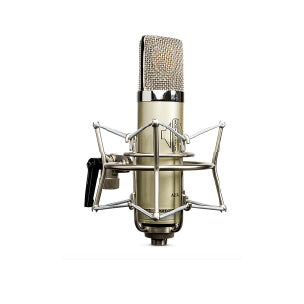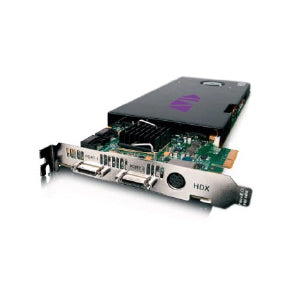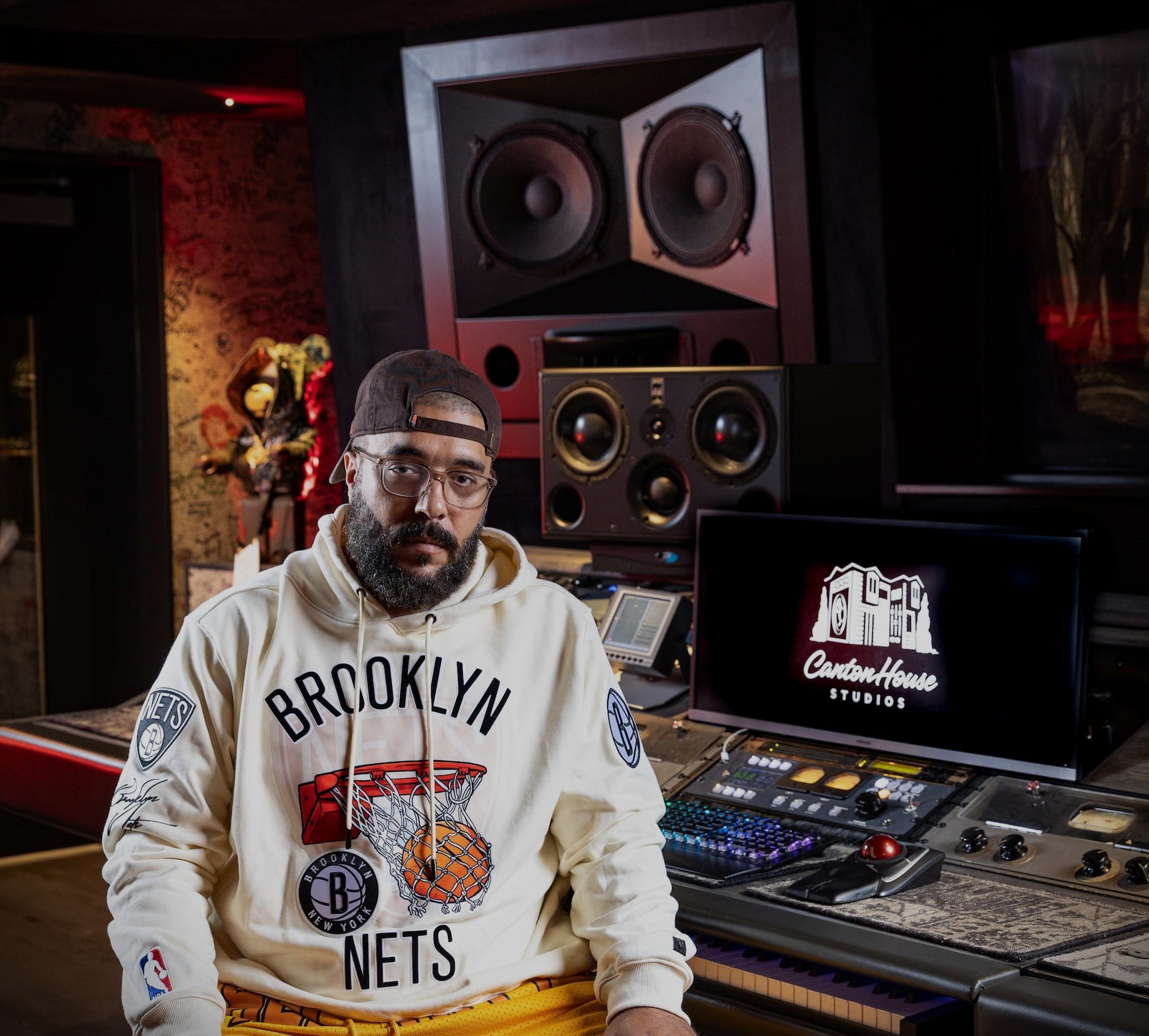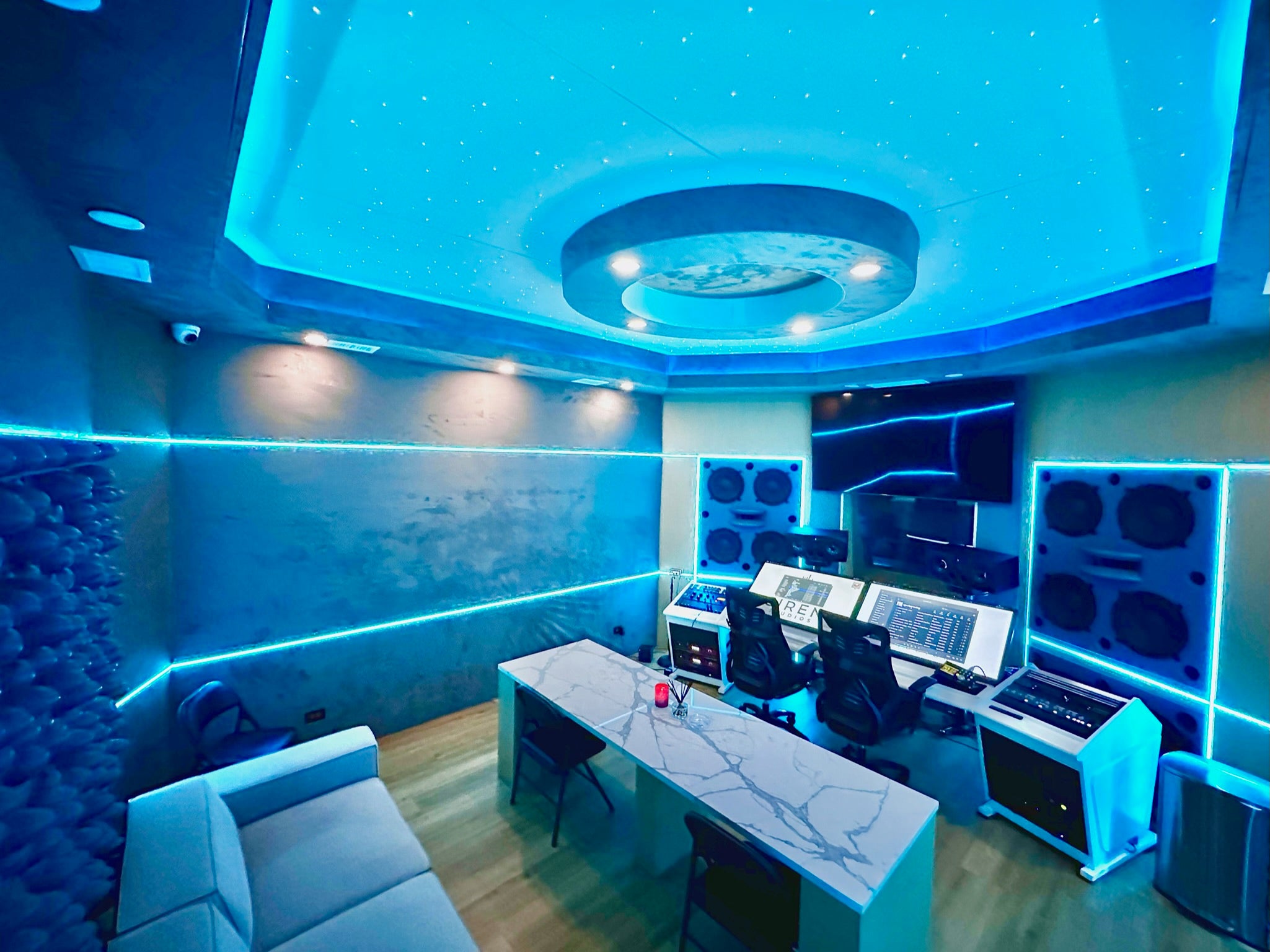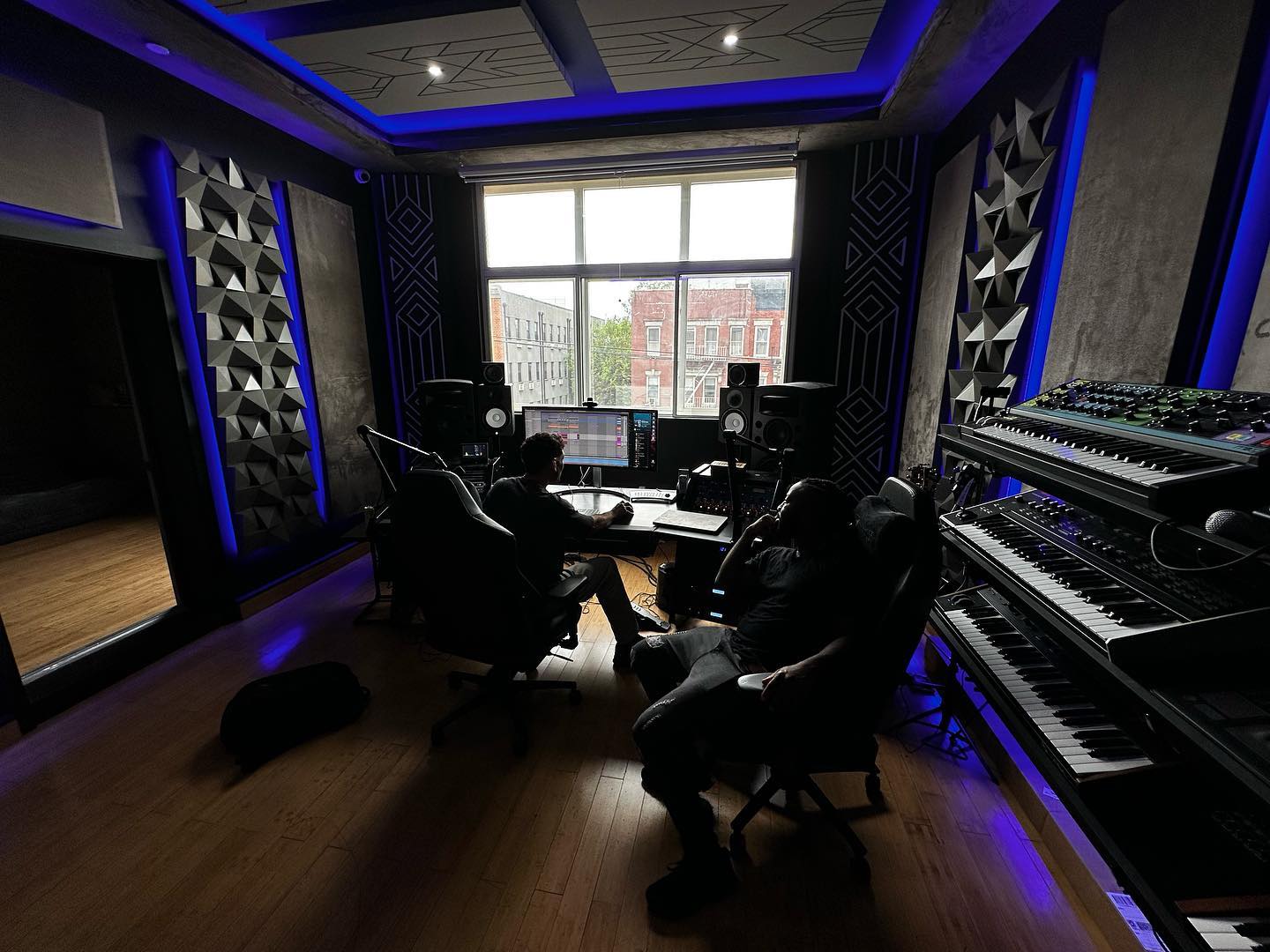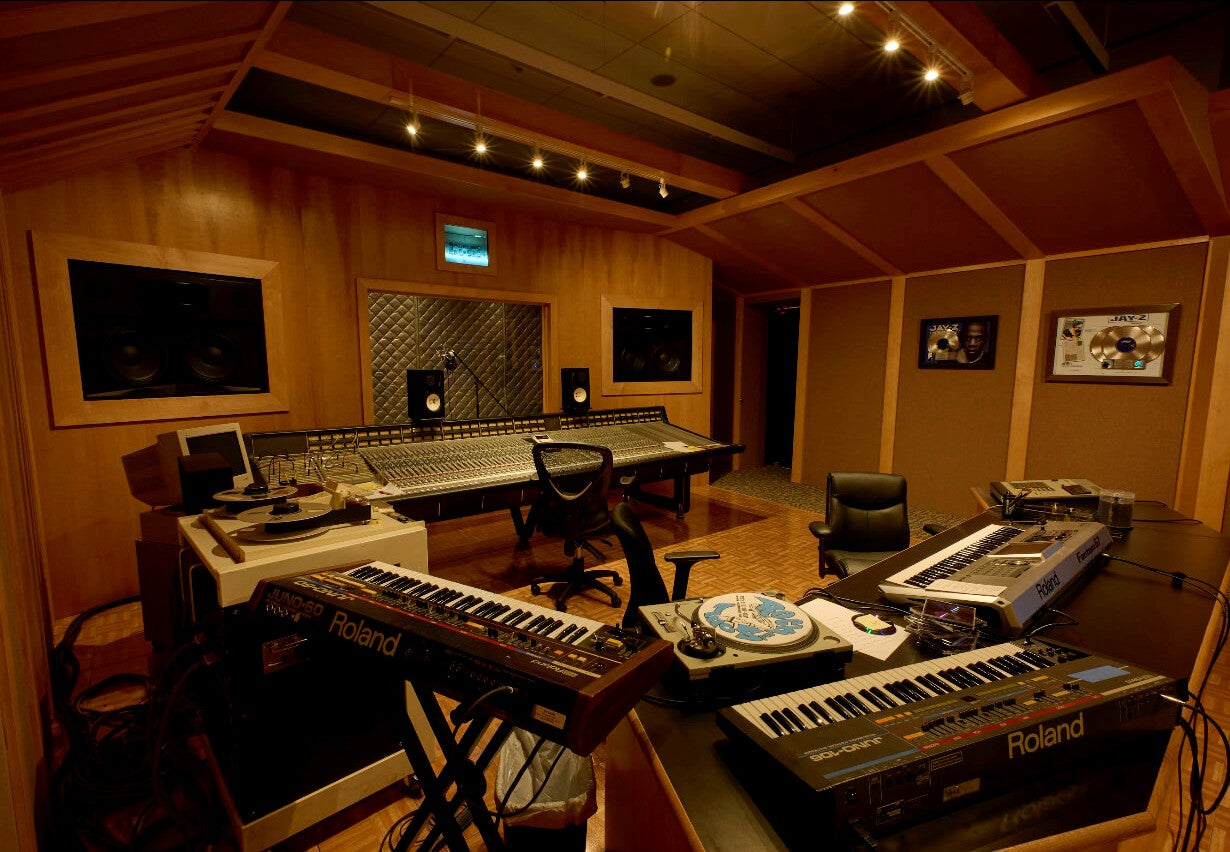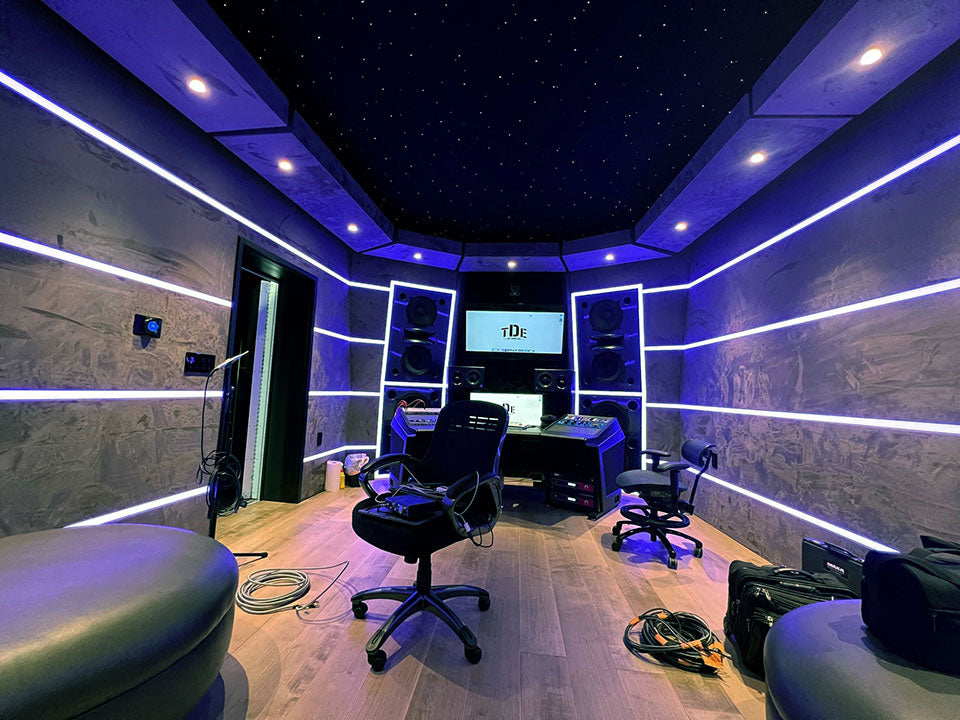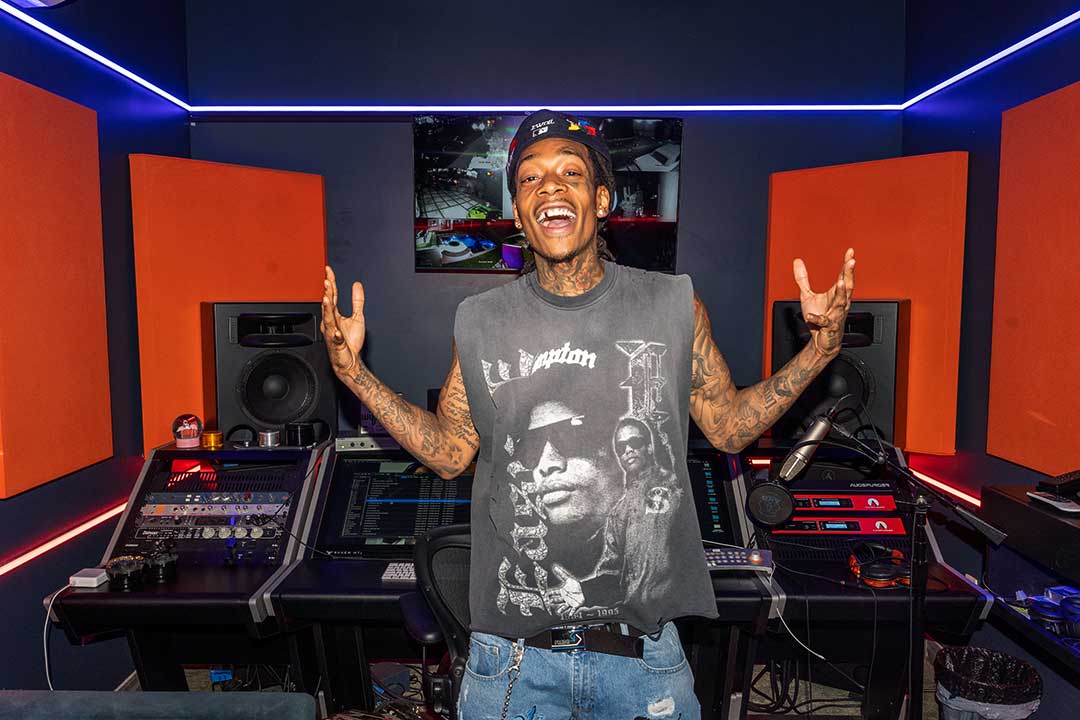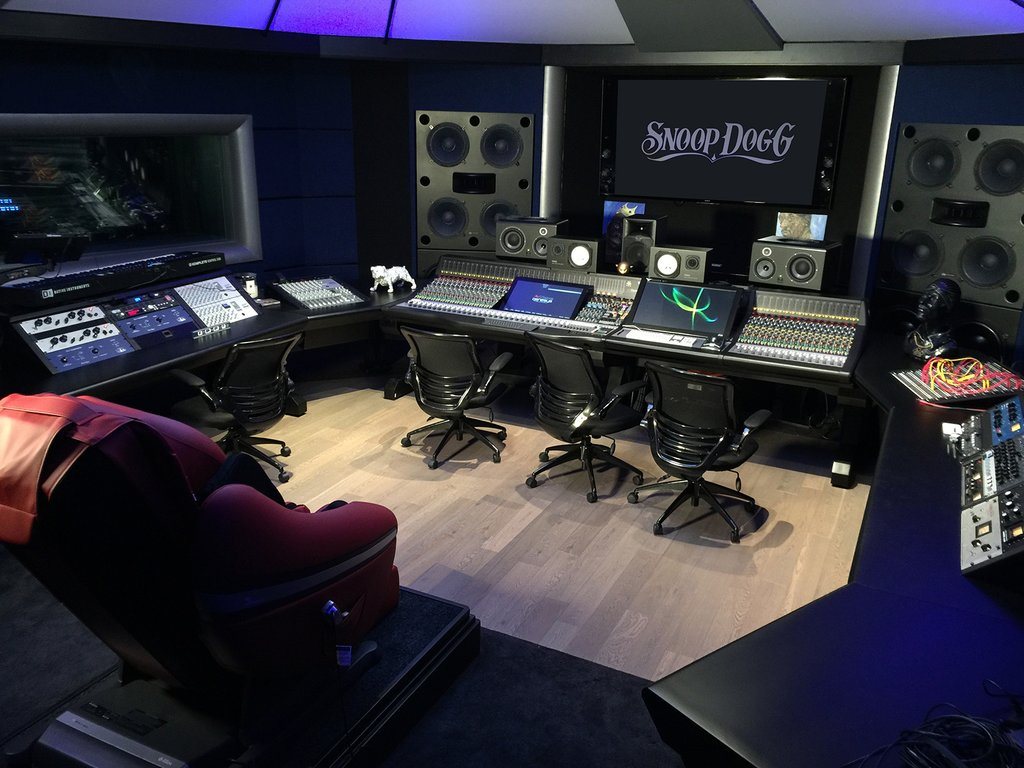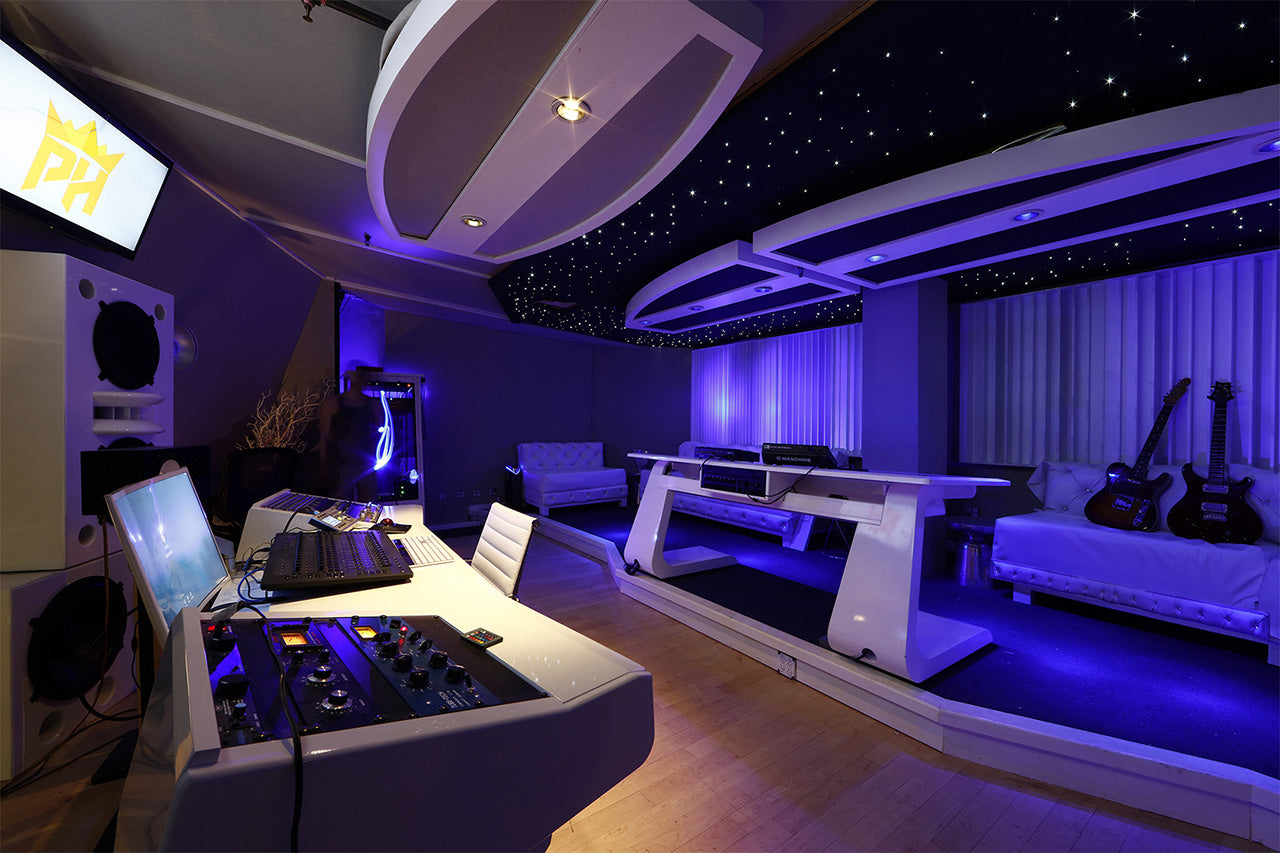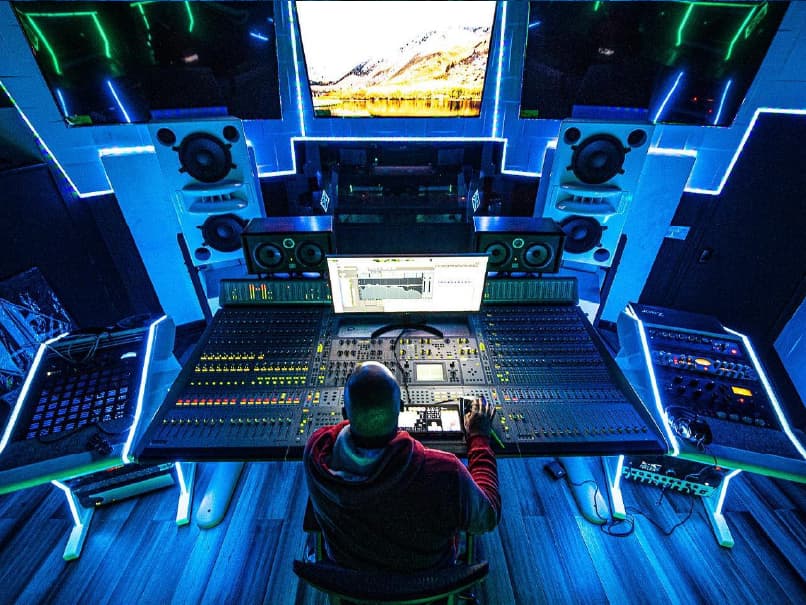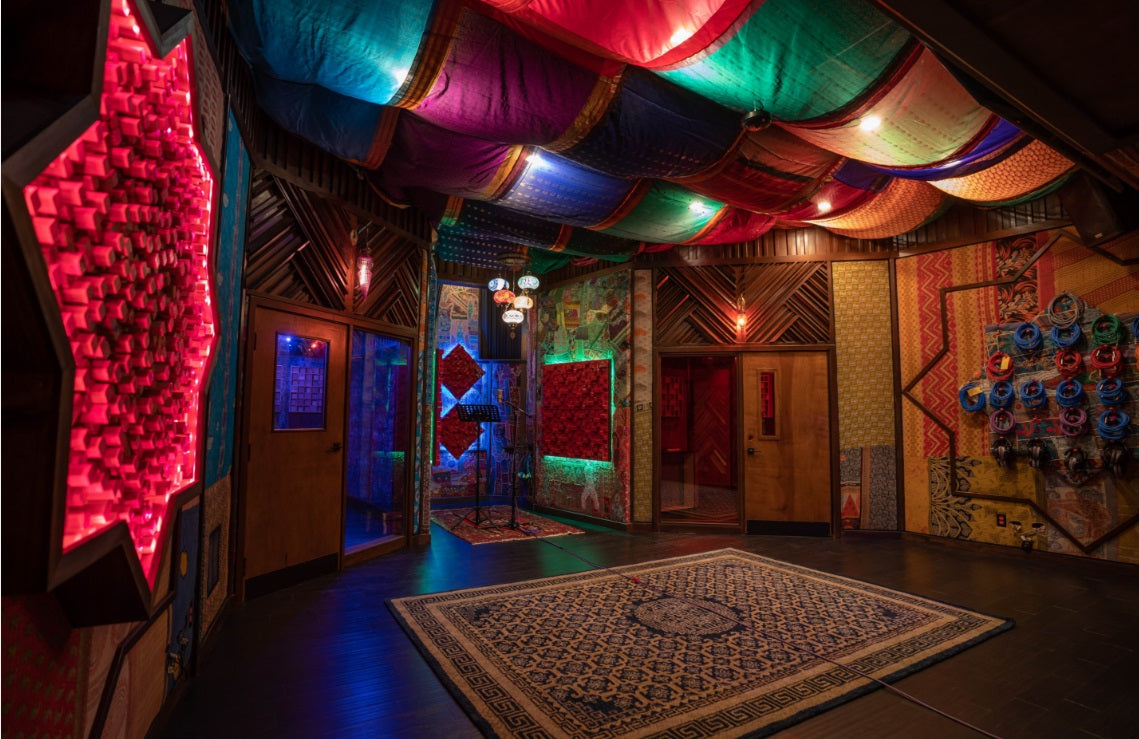
PAD: Steve, why get a Pulse Techniques Pultec EQ as opposed to the other currently made Pultec-TYPE eqs? What makes this model the real deal?
Jackson: When I first undertook this project, starting back in 1999, the consensus in the professional recording industry was that none of the so-called Pultec-style EQs came close to sounding like a real Pultec EQ. For one reason or another, none of the manufacturers had invested the time and resources to faithfully reproduce the original product. From the start, the mission statement was to produce a Pultec EQ that was 100% faithful to the original design. I invested 10 years of my life to reproduce each and every component (transformers, inductors, capacitors, chassis, etc.) to the original product specifications. This was facilitated in part by my having access to a multi-million-dollar materials characterization lab, through which we were able to accurately determine/verify every detail of the transformer construction. It was also facilitated by my having direct communications with the original designer of the Pultec, Eugene Shenk. We had numerous conversations over the years and he was very helpful in bringing these products back into production, using the same production methods that were used back in the 50s and into the 80s.
It seems like anyone who makes a passive inductor program EQ can call it a Pultec-type these days. Is that a claim that can be de-bunked?
They might call it a Pultec-type or Pultec-style EQ, but they better not call it a Pultec EQ, as we hold the trademark for that name. More importantly, I have yet to find a Pultec-style EQ that sounds or measures like the real thing. That goes especially for some of the recent sub-$1000 products that try to look like a Pultec (faceplate and knobs) but all you have to do is put them on an Audio Precision or listen to them in direct comparison to either a vintage Pultec or one of our current production Pultecs to see that they simply don’t measure up. The original transformer set (input, interstage and output) is VERY expensive to manufacture. That is the first thing that gets compromised on the low-dollar units and it is very easy to detect. Just hit one with +20 dBu at 30 Hz and watch it give up the farm. Some of them can’t even take +8 dBu at low frequency without the THD going through the roof. The originals and our current production can take +20 dBu at 20 Hz all day long without flinching. In all of the cases that I have personally evaluated, the EQ curves don’t even match those of a real Pultec. And I mean not even close!
The vintage Pultecs are still sought after and highly prized. Why might a new one (or pair) be a better choice?
Allen Sides (Ocean Way Recording) put it best in our interview with him in Studio B, where they installed a pair of our EQP-1A3 EQs alongside their vintage units. “Having this available is sort of like being able to go out and buy an L88 Corvette from the 1960s and have it brand new and perfect and everything you wish it would be. It’s hard to believe that you can buy something that is in every way identical to the original except that all the caps are fresh and everything is brand new” – Allen Sides
Describe your build process (without revealing anything proprietary).
Our build process is identical to that of the original units. We hand assemble, point-to-point wire the products. The EQ can components (LC networks for passive EQ section) are assembled and potted into the can on the rear of the unit, exactly like the original units. Each of the audio transformers is wound and potted to the original specs.

On a scale of 1 to 10, how close does a new EQP1A3 (or any of your models) sound to a vintage one?
We have done a lot of shootouts and listening tests, comparing to literally dozens of vintage Pultecs. The consensus, from the ears of engineers like Jack Douglas, Allen Sides, Ross Hogarth, Greg Wells, etc. is that our products sound like vintage Pultecs sounded when they were brand new. There is an ever-so-slight more openness to the top end, most-likely due to the fact that the caps are all brand new.
The solid state models use an API 2520 op-amp in the output amplifier stage to replace the tube amp stage…tell me about that. Did the original solid state “silver face” Pultecs also use the 2520?
Gene introduced the solid-state gain stage version in around 1970-71, and used a couple of different 2520-style opamp, but most of his production used the API. He considered it an improvement over the tube version but continued to offer both tube and solid-state versions of his products up until he closed the doors in 1982. We recently took that evolution one step further by managing to squeeze the API 2520 version into the 500 series form factor, initially as the EQP-500A and EQP-500S, with more models to follow.
How would you describe the difference in sound between the tube and discrete op-amp models?
Describing sound with words is always an impossible task. There are a lot of people out there who prefer the 2520 version to the tube version, but that depends on the application. For example, Fletcher has always claimed that the 2520 version had tighter low end and Warren Huart recently told me that our EQP-500S is now his go-to bass guitar EQ. He uses it on almost every bass track he records/mixes. A word that seems to get tossed around a lot associated with the API version is “punchy”, but compare for yourself and let me know what you think.
One thing you did was to make mastering versions an option. Could you elaborate on that just a bit.
Sure. Pultecs have very broad (5 Hz to 65 kHz) frequency response, with tons of headroom, outstanding low end and a gorgeous top end. A common desire is to strap a pair of Pultecs onto the mix bus, especially on older SSL consoles (see Allen Sides video) and give a little push to the top and bottom end. The problem has been that you really want a pair of Pultecs that are closely-matched to each other (center and corner frequencies matched, boost/atten levels matched, etc.). Finding a pair of vintage Pultecs that are tightly-matched is extremely challenging, to say the least. Our manufacturing tolerances for the inductors and capacitors are much tighter than what was available back in the 50s-70s, so just about any two units, no matter what the serial numbers, are going to have their corner/center frequencies very close to each other. However, the level matching required special attention. First of all, the resistance tapers of the original Allen Bradley potentiometers are such that ~90% of the level variation is in the range of 30% to 70% of rotation. That makes it somewhat touchy to try to match levels between two potted units. So, since we were replacing the pots with 21-position Elma switches, with discrete metal-film resistor elements anyway, I decided to modify the tapers from those of the Allen Bradley pots. The initial design resulted in uniform 0.5 dB/step increments for a max boost/atten of 10 dB. That is what is in the early units like those in Airshow Mastering, Sterling Mastering, Mockingbird Mastering, etc. But a lot of the engineers want to use their Pultecs for tracking as well as mixing/mastering. So we came up with the idea of what I call full-range progressive-taper (FRPT) controls. This is not a new concept, but it was for Pultecs. So now our standard mastering EQs which with the FRPT controls, which provide 0.5 dB/step control for the initial 50% of rotation, but then gradually increase the step size to 1, 2 and 3 dB/step so that at 100% rotation you have the exact same boost/atten level (16 dB for LF boost, 18 dB for LF Atten, 20 dB for HF boost) as the potted units. So if you really want to crank the boost on a guitar or snare track, you have that full Pultec boost level. But if you just want a 2.5 dB 10k shelf boost (EQM-1S3) on your mix bus, you can do that too and all settings are easily recallable.

